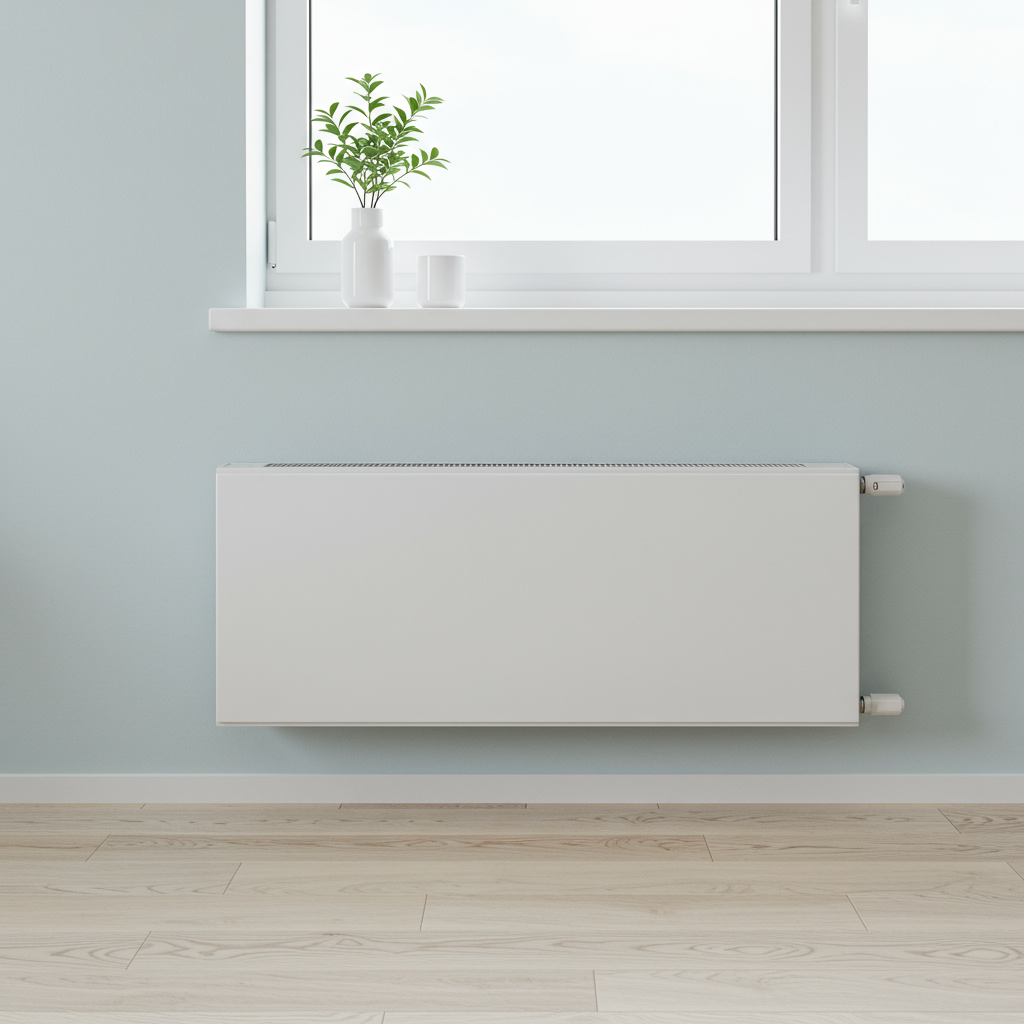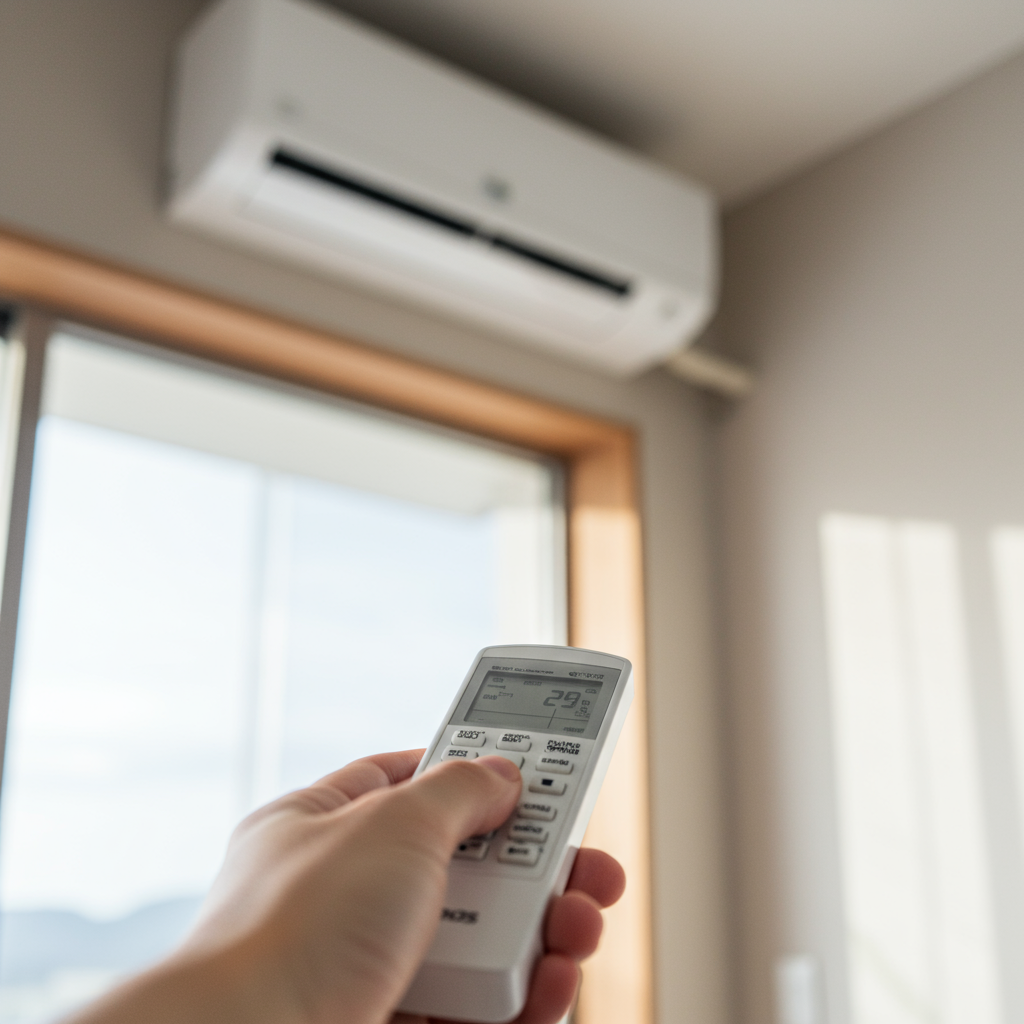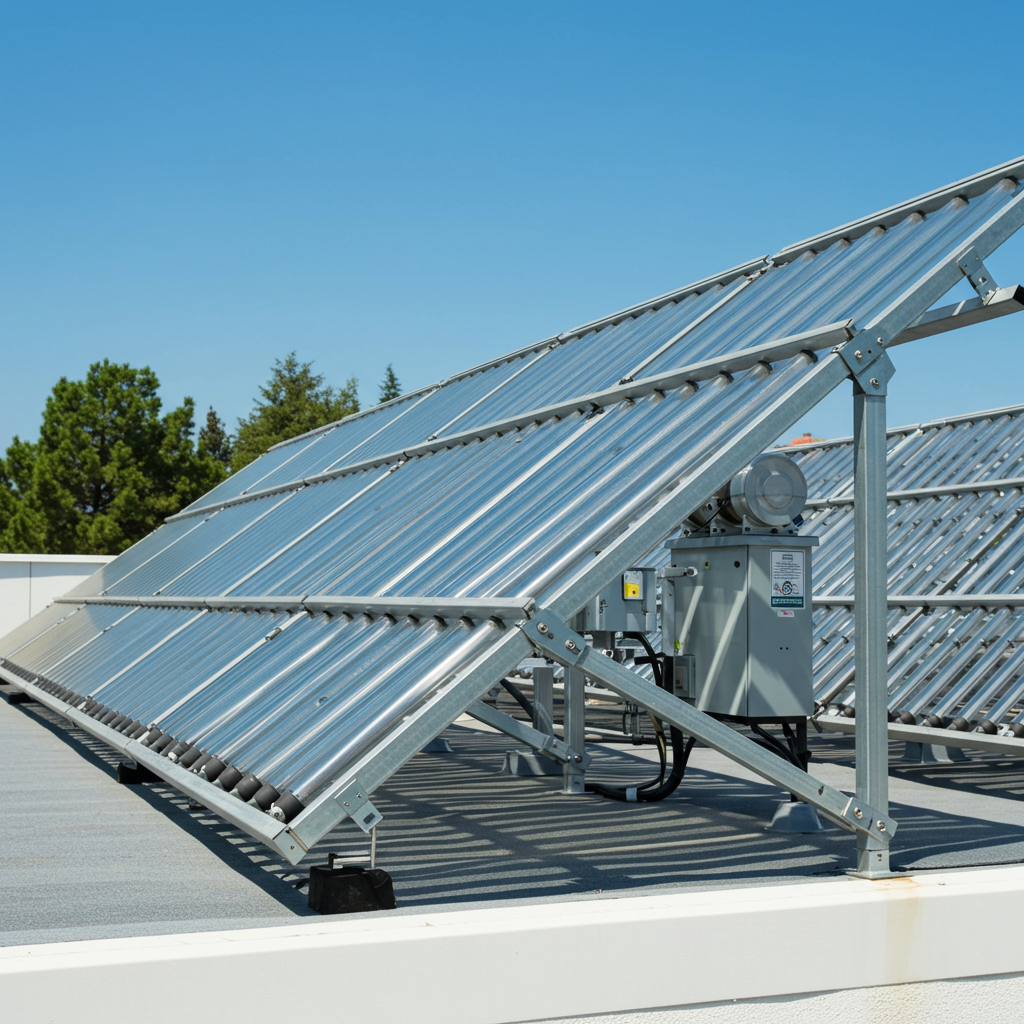
A Guide to Santa Fe Home Heating Systems
With so many options to keep your home toasty and warm, it can be a challenge deciding which way to go. Here are the most popular heating systems suited for Santa Fe, New Mexico and an overview of each.
Radiant Heat
Nestled in the foothills of the Rocky Mountains at an altitude of 7,200 feet, Santa Fe has a truly mischievous variety of winter weather. Keeping warm and cozy in your home regardless of the meteorological drama outside is a high priority, but with so many options these days, how do you choose? Whether you’re researching before starting a Construction project, prepping for a retrofit or renovation, or planning to augment your home’s existing heating system, you now have a wide array of choices. Traditional forced-air heating systems, which rely on a natural gas or propane furnace and a blower to move heated air through ducts, are common in Santa Fe’s older homes, but radiant heat is now the widely popular option, even for retrofits. Radiant heat usually uses hot water from a boiler in a series of tubes or pipes underneath the floor or installed in an electrically-heated baseboard; the heated air then radiates from the heated unit without the need for a blower. Highly energy efficient, radiant heat systems also provide more uniform heating than forced air, which rises quickly to the ceiling. And without all the dust that can be blown about in a forced-air system, the air in your home remains clean.
Pros: Highly efficient, inside air stays clean
Cons: Can be challenging for a retrofit, slow to warm up
Cons: Can be challenging for a retrofit, slow to warm up
Electric Baseboard
Electric baseboard heaters are most efficient when installed in smaller rooms, such as a kitchen, bathroom, or bedroom. Electric baseboard heating is Considered “radiant” because, like the hot-water systems, it relies on convection: it draws up the cold air from the floor, heats it and releases it into the room.
Pros: Easy install for small rooms, discreet
Cons: Inefficient and expensive for whole-house heating
Cons: Inefficient and expensive for whole-house heating
Hot Water Baseboard
Hot water baseboard heaters are a more cost-efficient alternative to electric baseboard heaters. These devices are quiet and use hot water instead of electricity, pumping it from a boiler and circulating it through the baseboard. The hot water piping on these baseboard heaters are typically made of copper and are uniquely fin-shaped to ensure faster dissipation of heat from the surface of the pipe. Since heat naturally rises, placing the baseboard at the lowest point in a room is an easy way to evenly heat the air in a space. Used with a high-efficiency gas boiler, this method of heating can be very energy-efficient and cost-effective.
Pros: Easy to install, uniform clean heat distribution
Cons: Takes time to heat larger spaces; requires a highly efficient boiler to realize savings; may affect furniture placement
Cons: Takes time to heat larger spaces; requires a highly efficient boiler to realize savings; may affect furniture placement

Kiva Fireplaces
While fireplaces have the romance factor locked up, they generally lose the contest for energy efficiency and whole-house heat, except for two standout options: the southwestern “kiva” fireplace built into the corner, and the large stone-and-duct system called a masonry heater. Kiva fireplaces, named after the sacred underground meeting place of the Pueblo Indians, were originally built of adobe and with their solid base and rounded contours, they were able to retain and radiate warmth throughout a small room. Some kiva fireplaces today may be more for aesthetic appeal than a serious contender for heating your house or living room. A chimney specialist can determine just how useful yours is, or help you create a custom beehive fireplace that will provide you with an efficient heating tool as well as that gorgeous live-fire ambiance.
Pros: Heats small rooms nicely, the look and ambiance.
Cons: Inefficient as the sole heat source, can be messy.
Cons: Inefficient as the sole heat source, can be messy.

Masonry Heater
A masonry heater is a massive stone fireplace Constructed with an internal duct system and a large firebox with a glass door that latches tightly. The mass of rock absorbs the heat from one fire a day and radiates it all day and night, warming all the air inside the house. Based on traditional old-world heating systems, masonry heaters today are highly energy efficient but require skilled craftspeople to build them who can manage both the stonework and the duct technology for safe expulsion of flue gasses.
Pros: Highly energy efficient with ambiance and aesthetic value
Cons: Requires expertise to build and maintain
Wood Stove
Another option to Consider is the ever-popular wood stove, which is far more energy-efficient than a traditional wood-burning fireplace in its use of wood-to-heat ratio, and with its glass door and steel chimney vented outside, protects the inside air from noxious gases. Available in a wide variety of styles from rustic to midcentury modern to highly contemporary, the wood stove’s only major drawback is the daily building of a fire and cleaning it out periodically.
Pros: Highly energy-efficient, a wide variety of styles
Cons: Messy, requires a large wood supply and frequent clean-up
Cons: Messy, requires a large wood supply and frequent clean-up
Pellet Stove
Individual pellet stoves, common especially in colder climates than ours, have similar benefits to regular wood stoves with the added advantage of creating less ash and less creosote than wood-burning stoves. Creosote is a sticky by-product of woodburning and can build up inside the chimney and ignite. Pellets, made of tightly compressed recycled wood-based materials, have very low moisture content and so burn hotter and cleaner than ordinary wood, making it a highly energy-efficient option. Buying pellets in small quantities from local stores throughout the season can be cheaper than buying, stacking, and storing a cord or two of wood every winter, as long as there’s a Consistent supply.
Pros: Highly energy-efficient
Cons: Requires a steady supply of pellets, which can be costly over time
Cons: Requires a steady supply of pellets, which can be costly over time

Gas Fireplace/Stove
A natural gas or propane-powered stove or fireplace is a perfect way to get the visual aesthetics of the live fire of a fireplace or wood stove without the mess. And because they are zone-specific, they are highly energy-efficient, offering an option to cranking up the whole-house heating system by warming up just the rooms you are using the most. An easy and cost-effective way to augment your existing heating system, gas fireplaces do require regular maintenance to be sure there is no carbon monoxide leaking into the house, and costs of use are dependent on the fluctuating price of fuel.
Pros: Ambiance without the mess, efficient zone-based heat source
Cons: Not suitable for whole-house heat
Cons: Not suitable for whole-house heat
Ductless Mini-Splits
Splits have become very popular lately in Santa Fe because of their versatility. A split system, also referred to as a mini-split, is a duct-free heating system that Consists of one unit mounted outside the house, usually on a roof or exterior wall or porch, and one or more wall-mounted units throughout the house. Access to electricity and the ability to mount the units on an upper wall area in any room you want to heat are all that is required, making splits particularly useful for renovation projects. They also include layers of filtration, providing cleaner air instantly, and are available as combo heating and cooling units, giving them year-round life. And because they are zone-specific, splits use Considerably less power than a full house forced-air system. Splits are not perfect, however: they do come with a hefty up-front cost, especially if installing for every room in the house. Aesthetics may also be a major Consideration, as these units are not nearly as discreet as baseboard heaters, for example.
Pros: Efficient, zone-specific, easy to install or retrofit
Cons: Costly set-up, can be quite noticeable, aesthetically
Cons: Costly set-up, can be quite noticeable, aesthetically

Solar Thermal
One newer kid on the block is actually an old technology upgraded for today’s needs: solar thermal heat, which utilizes solar panels with tubes of water or other fluid inside them to capture thermal energy (heat) from the sun, which is then pumped into a storage tank. Solar thermal systems can be used just for your hot water heater, or a system of fans can then convert it into heated air and distribute it throughout the house. The more familiar solar photovoltaic system takes up Considerably more rooftop or land space than the smaller solar thermal panels and is used to capture and create clean electricity (rather than heat) to power an entire home. Both systems, while complex and expensive at first to install, create clean renewable energy and free the homeowner from paying for electricity every month.
Pros: Clean, renewable energy source
Cons: Expensive and can be complicated to install
Cons: Expensive and can be complicated to install

Geothermal
A geothermal (or ground source) heat pump is another viable option for sustainable indoor climate control. It uses the earth itself as a heat source during the winter, or as a heat sink during the summer. This central heating/cooling system utilizes heat exchangers to circulate fluid (water or antifreeze) through a closed-loop design – typically made of plastic tubing buried underground – to draw warmth from the earth for heating, or deposit heat into the earth for home cooling. Though a GHP system can be costly to install, it pays for itself over time in the form of energy savings, typically within 10 years.
Pros: Very low cost and exhaust-free to operate; no condenser unit on roof or porch; can also power your hot-water heater; clean, renewable energy source.
Cons: Specific terrain requirements; needs knowledgeable and skilled installation and service; requires a back-up heating system such as a furnace or gas stove for very cold days; expensive initial investment.
Cons: Specific terrain requirements; needs knowledgeable and skilled installation and service; requires a back-up heating system such as a furnace or gas stove for very cold days; expensive initial investment.
Whichever way you decide to go, local plumbing and heating professionals can guide you even further with the options that are best for you. We hope this overview is a first step towards keeping you and your loved ones warm and toasty during Santa Fe’s cold weather seasons.